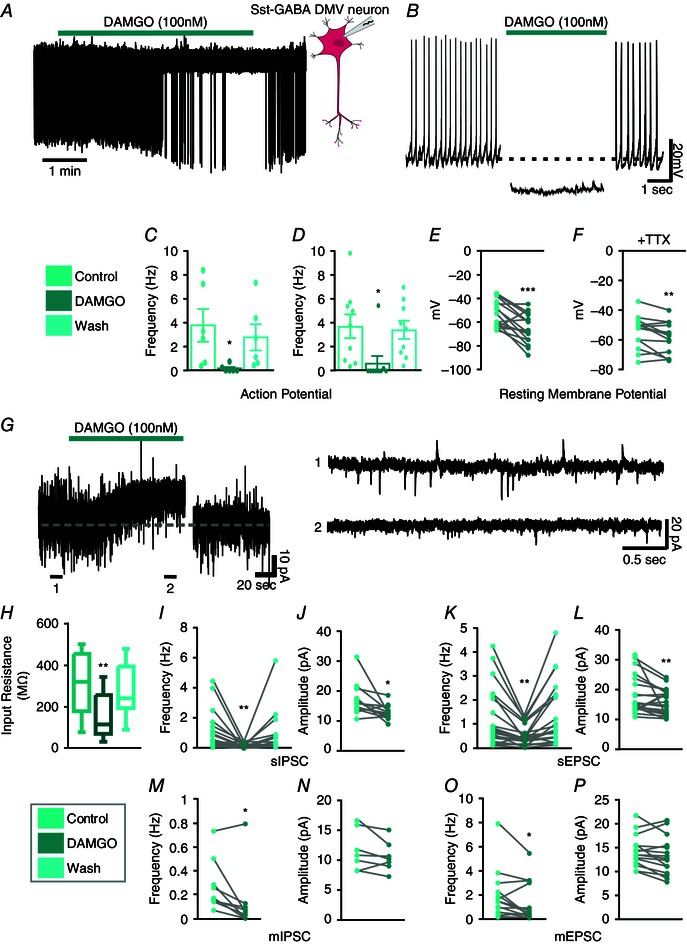Figure 5. MOR agonist inhibits Sst‐GABA neurons in the DMV .

A, representative loose cell attached recording from a Sst‐GABA neuron that is inhibited by the MOR agonist, DAMGO. B, representative current clamp recording from a Sst‐GABA neuron illustrating the effect of DAMGO on its action potential firing and membrane potential. C and D, DAMGO inhibits action potential frequency in Sst‐GABA neurons in the loose cell attached mode (C, n = 10; **P < 0.01) and in current clamp mode (D, n = 9; *P < 0.05). E and F, DAMGO decreases the resting membrane potential (RMP) of Sst‐GABA neurons (n = 16; ****P < 0.0005) in the absence (E) and presence (F) of TTX (n = 14, ***P < 0.001). G, left: representative voltage clamp recording (V H = −30 mV) showing the change in input resistance after DAMGO exposure. G, right: representative voltage clamp recording (V H = −30 mV) showing sPSCs before (top) and during (bottom) exposure to DAMGO. H, DAMGO increases in the input resistance of Sst‐GABA neurons (n = 17, **P < 0.01). I and J, DAMGO decreases sIPSC frequency (n = 18; **P < 0.01) and amplitude (n = 13; **P < 0.01) in Sst‐GABA neurons. K and L, DAMGO decreases sEPSC frequency (n = 24; ***P < 0.001) and amplitude (n = 22; **P < 0.01) of Sst‐GABA neurons. M and N, DAMGO decreases mIPSC frequency (n = 9; **P < 0.01) but not amplitude (n = 7; P > 0.05) of Sst‐GABA neurons. O and P, DAMGO decreases mEPSC frequency (n = 16; **P < 0.01) but not amplitude (n = 15; P > 0.05) of Sst‐GABA neurons.
